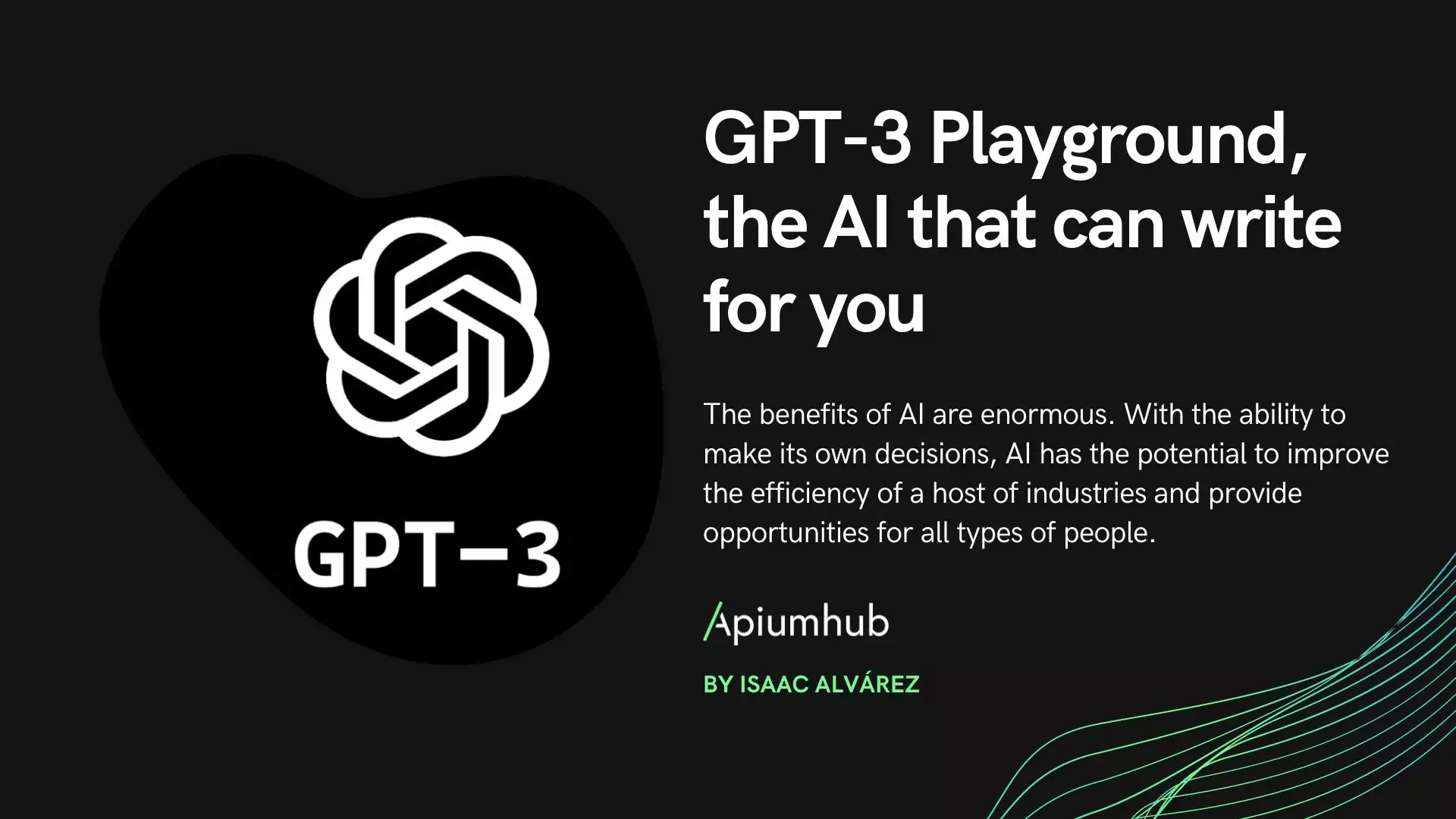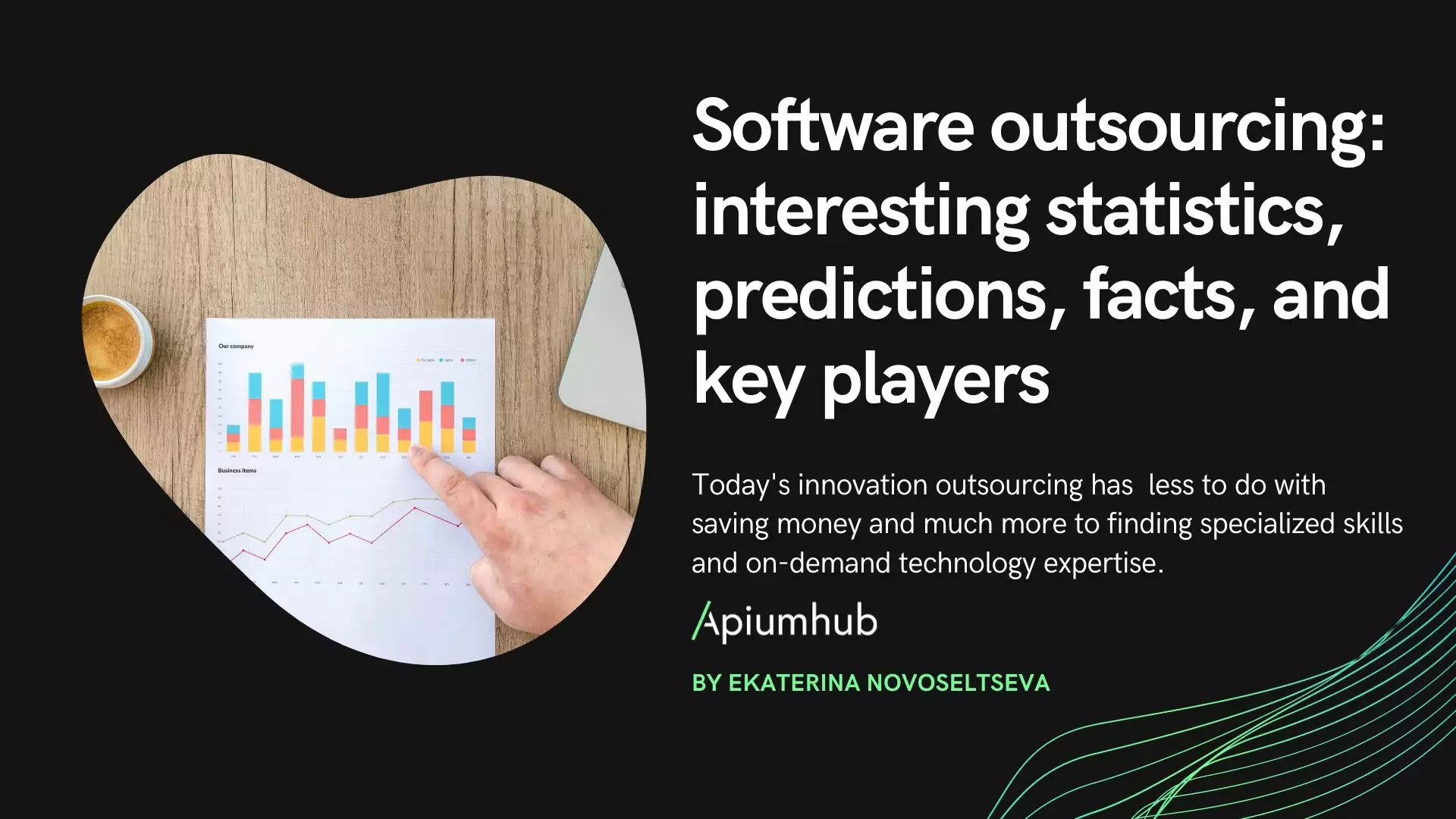Table of Contents
In this article I decided to write about IoT projects that will have a big influence on our world.
Remember fantasy movies with smart houses and cars? That your alarm rings at 7 am you wake up, you switch it off, it conveys to the geyser to heat water at a temperature you prefer and also the coffee maker starts brewing coffee ? That your fridge can identify that you have run out of milk, it contacts the supermarket and orders the quantity you usually need, and also informs you by sending a message on your phone?
Well, now these movies are not fantasy movies anymore, we are this lucky generation which experiences tremendous and radical changes in the way we live and work. We have all opportunities now to make the world better!
Internet of Things is one of the most emerging technologies nowadays and it is starting to be clear for everyone that we move towards smart cities, smart houses, smart houses, smart living! Everything on earth will be connected to each other and we would be living in the world of IoT.
The main questions now are: how well IoT would make our lives smarter and easier? What would be the innovations be like and how will they help us? Are those innovations really feasible ? Will it help the planet ? Are there more advantages than disadvantages working on this trend ?
IOT : SOFTWARE EATS THE WORLD. WHERE EVERYTHING GETS CONNECTED
In order to stay on the same page, let’s see what IoT is. The internet of things is the network of physical objects, devices, vehicles, buildings, etc connected to software, sensors, and network connectivity that enables these objects to collect and exchange data, contributing to our big data world.
In other words, the Internet of Things is about the transformation of any physical object into a digital data product. Once you attach a sensor to it, a physical object starts functioning a lot like any other digital product, it gives data about its usage, location and state. It can be tracked, controlled, personalized and upgraded remotely.
Cloud-based applications are the key to using leveraged data. The Internet of Things doesn’t work without cloud-based applications to interpret and transmit the data coming from all these sensors. The cloud is what enables the apps to work anytime and anywhere. When it is smartly done together with Big Data and artificial intelligence, it can become very intelligent, predictive, collaborative and even autonomous.
I don’t know if you recognize it or not, but it is a completely new way of interacting with our world! With our things! Your house will know that you are coming and it will switch on the air-conditioning automatically during the summer, knowing your temperature preferences. No more manual switch off, switch on air-conditioning, it will know when to do it by itself.
The Internet of Things is next technology mega-trend, which gives outstanding opportunities and challenges for companies, governments, and consumers.
For example, do you remember how bridge collapsed in Minnesota ? Killing many people, because of the emergency conditions of the steel plates ? Now, we can avoid it! Now, we can use smart cement, cement equipped with sensors to monitor cracks, and emergency situations. It would alert us to fix problems before they cause a catastrophe.
Or think about your car and driving conditions! If there’s an ice on the road, sensors could detect it and communicate the information via the wireless internet to your car. Once your car knows there’s a dangerous situation, it will instruct you to slow down, and if you don’t do it, then the car will do it for you by itself.
IOT GROWTH: KEY STATISTICS & FACTS
- By 2020, 50 billion devices will be connected.
- By 2020, the global smart home market is forecast to grow to nearly 60 billion U.S. dollars.
- Nearly $6 trillion will be spent on IoT solutions by 2020.
- Internet-connected clothing is coming. Experts predict that 10.2 million units of smart clothing will ship by 2020.
- The IoT will connect many of the devices we have at home, from smart microwaves to smart fridges.
- According to Forbes, Google bought smart thermostat maker, Nest Labs, for $3.2 billion, and
- Samsung purchased connected home company SmartThings for $200 million.
- A recent World Economic Forum survey showed that 88 percent of respondents were overwhelmed by the IoT’s impacts on their business models and long-term implications.
- Barcelona has actively fostered its local technology industry. With $230 million in public funds, the city redeveloped an industrial area to create 22@Barcelona, where startups are putting public data to use in new applications and developing IoT technologies.
- Gartner says that more than 40 percent of organizations expect the IoT to transform their business or offer significant new revenue or cost-savings opportunities over the next three years.
- 28 percent of software developers say they are currently working on applications for IoT-connected devices.
- High price is the #1 deterrent to adoption of consumer IoT products, according to a recent Accenture survey.
- According to a recent survey, 200 business and IT leaders were asked how they predict the IoT to impact their businesses in the next five-year planning horizon. The respondents expected the IoT to:
64% – Create better user and customer experiences
56% – Spark innovation
52% – Create new and more efficient working practices and business processes
50% – Create new revenue streams
36% – Increase ROI
35% – Create substantial cost savings and operational efficiencies
INNOVATION
IoT allows us to live in a better world and make it even better!
For example, IoT environmental monitoring applications use sensors for environmental protection by monitoring air or water quality, atmospheric or soil conditions and movements of wildlife and their habitats. Also, It allows to have earthquake or tsunami early-warning systems to provide more effective aid.
Apart from that, businesses and governments want to optimize energy consumption and it is expected that IoT will be integrated into energy consuming devices, like switches, bulbs, televisions, etc. And utility supply companies will be able to effectively balance power generation and energy usage. It will allow users to to remotely control their devices, or centrally manage them via a cloud based interface, and enable advanced functions like scheduling, for example remotely powering on or off heating systems, controlling ovens, changing lighting conditions, etc.
In fact, some systems that allow remote control of your things are already available in the market: Belkin’s WeMo, Budderfly, Telkonet’s EcoGuard.
Also, one of the key benefits of IoT devices is that they can be used to enable remote health monitoring and emergency notification systems. Nowadays people started to dedicate more time to their health and this feature of IoT is one of the favourite of the users and are highly in demand, for example, smart watches and fitness trackers – the Pebble, Fitbit, and many many more.
Self-driving cars have moved from fantasy movies into real life. Google and Apple are developing smart cars. Existing car manufacturers, like for example, Audi, which has already launched it’s Audi CES car to the market.
There a lot of ideas about how IoT can be used to simplify our lives and make them better. Let’s look at some of them.
6 INNOVATIVE IOT PROJECTS
Nest Learning Thermostat is a revolutionary concept which is used for smart homes. Nest thermostat allows users to control their home’s temperature from their smartphone or tablet, while also helping customers save on their energy bills. Usually thermostats incur almost half of the energy bills, but with Nest you can save up to 15% on cooling bills as well as 12% on heating bills on average. It is releasing a suite of other home automation products like a fire alarm.
2. Philips Hue- Smart Home Lighting
Philips Hue lets you control your lights from your bedroom to your garden. You can automate your lights completely to make it seem like you’re home when you’re not. Your lights can even welcome you home or switch off automatically when you leave your home.
What I really like about it is that you can program the bulbs to dim at night and there’s also an API that allows Netflix to dynamically change the lighting based on a movie scene’s color palette, extending the movie experience beyond the screen. I think it is very cool, you can hace your own cinema at home.
3. CitySense- Smart Street Lighting
It is a smart and wireless outdoor lighting control system. With features like adaptive lighting it helps in saving electricity by intuitively adjusting brightness of streets lights based on presence of automobiles and pedestrians. It is smart enough to recognize people, animals and trees.
4. Libelium- Metiora Smart Parking Sigfox Kit
New Smart Parking solution for Smart Cities that allows citizens to detect available parking spots.
5. Philips’ Medication Dispensing Service
It is mostly focused on elderly patients who find it difficult to maintain their medication dosage on their own, MDS dispenses pre-filled cups following scheduled dosage. It notifies automatically when it’s time to take medicine or when the patient missed the dosage.
The latest GE Locomotive is loaded with 250 sensors to measure 150,000 data points in a minute. This data combined with other incoming streams of data from informational and operating systems help to take driving decisions in real time.
COMPANIES USE IOT TO CREATE NEW CUSTOMER EXPERIENCES
Hilton always works on the services improvement and this time it came up with smartphone based check-ins and room key functionality. By doing that, it allows guests to easily save and set heating and lighting preferences.
Ford allows users to connect to apps through voice recognition, and what is more, it allows you to pre-order Starbucks or automatically pay for gas.
Tesla is passionate about innovation and customer experience. If a repair is needed, Tesla automatically downloads an update and if necessary, autonomously schedules an appointment to pick the vehicle up and bring it to a Tesla facility.
Polo Tech Shirt streams athletic performance biometrics like heart rate, movement intensity and energy output to the cloud. Customer could easily integrate tech shirt with FitBit and Nike+ to have a unified experience of their athletic performance.
It has created a product system that puts sensors and connectivity into its tennis racquet. The Play Pure Drive system allows athletes to track and analyze ball speed, spin, and impact location to improve their game.
UPS has been using sensor data and big-data analytics to save money, improve efficiency, and lessen its environmental impact. UPS uses sensors on its delivery vehicles to monitor speed, miles per gallon, km, number of stops, and engine health.The sensors capture more than 200 data points for each vehicle and it results in more than 80,000 every day. These help the company reduce time delivery, fuel consumption, and harmful emissions.
IOT UX CHALLENGES
Internet of Things is changing the way brands create experiences. Brands are facing the challenge of discovering the new world of connected devices and designing the ways users interact with them.
As UX people we need to know these challenges in order to build the right strategy and experience.
- Connectivity issues
IoT is nothing without a network connection, because that is how data is transferred between devices without human intervention. It doesn’t really matter whether the connection is wireless or not, however most of the IoT devices work via WiFi.
The main issue here is that when we turn off the lights, for example, we expect an immediate response. But if the connection is poor at the moment and it takes a couple of minutes for the lights to go out, we won’t be patient about it and it can cause a negative emotions and poor experience.
- The problem with multiple interfaces, simplicity
One of the main problems is that there are a lot of connected devices and individually they are smart and useful, but they don’t work together. You cannot control the whole collection of your IoT devices from a single place and make them sync the data. For example, if you have a smart car, a fitness tracker and a smart thermostat, you are going to have three different mobile apps for each of those. Nowadays you can’t adjust the temperature in the room according to your fitness tracker data and start your car as soon as the front door of your smart house is locked. This can make our lives more complicated, but the initial purpose of smart devices was to make the user’s life easier.
- Usability
Take take the same example of lights. It takes just a single action to turn off the lights in a traditional, manual way, while , while with a smart lighting, you perform 2-3 extra steps: swipe to unlock the phone, open the app, tap the right icon to turn off the lights.
- Security
77 percent of U.S. IT and cybersecurity professionals say manufacturers are not implementing sufficient security in IoT devices. And more than 20 percent of enterprises will have digital security services devoted to protecting business initiatives using devices and services in IoT by year-end 2017.
Both startups and large companies work hard on IoT solutions. Progress may seem slow, but in fact it is happening very quickly, if you think about the magnitude of the change a fully connected world requires. What seemed like complete science fiction 20 years ago is now becoming a reality.
If you are interested in this field, I highly recommend you to visit these IOT event, where you can find our more about IOT innovation and speak with industry leaders.
10 upcoming IoT events in 2018
1.The Industrial IoT Strategies Summit, Lisbon, Portugal, March 14-15, 2018
2.IoTBDS 2018, Funchal, Madeira, Portugal, March 19-21, 2018
3.Smart IoT London, ExCel, London, UK, March 21-22, 2018
4.Nordic IoT Week, Kattilahalli, Helsinki, Finland, April 16-20, 2018
5.IoT Tech Expo Global, Olympia, London, UK, April 18-19, 2018
6.Internet of Things Conference, Malmö, Sweden, April 26-27, 2018
7. Internet of Things World, Santa Clara Convention Center, CA, USA, May 14-17, 2018
8. Internet of Things World Europe, ExCel, London, UK, June 12-14, 2018
9. ICIOT 2018, Seattle, WA, USA, June 25-30, 2018
10. IoT Tech Expo Europe 2018, RAI, Amsterdam, the Netherlands, June 27-28, 2018
Don’t forget to subscribe to our monthly newsletter to receive latest news, events and trends in the technology world.
If you found this article interesting, you might like…
- The Definition of Internet of Things: A Simple Explanation
- Top business blogs to read
- Innovative sleep technologies
- Human-centered innovation
- Barcelona makes it to the top 5 of innovation hubs
- Top smart city projects to watch
- Blockchain technology: use cases, statistics, benefits, startups & events
- Barcelona; one of the best smart cities in Europe
- Disruptive innovation to track
- The era of unicorns
- Top 20 promising startups in Barcelona
Author
-
Ekaterina Novoseltseva is an experienced CMO and Board Director. Professor in prestigious Business Schools in Barcelona. Teaching about digital business design. Right now Ekaterina is a CMO at Apiumhub - software development hub based in Barcelona and organiser of Global Software Architecture Summit. Ekaterina is proud of having done software projects for companies like Tous, Inditex, Mango, Etnia, Adidas and many others. Ekaterina was taking active part in the Apiumhub office opening in Paseo de Gracia and in helping companies like Bitpanda open their tech hubs in Barcelona.
View all posts













3 Comments
Son
Thanks mate for sharing, the post is very detail, and also helpful. Thanks again
Lucas Brown
Helpful Content Thanks For Sharing 🙂
Jamie
50 billion devices, wow it’s just mind-blowing.
Thank you for putting this together it was a great read and I’ve always found IOT fascinating.
Great blog you’ve got here.
Take care
Jamie